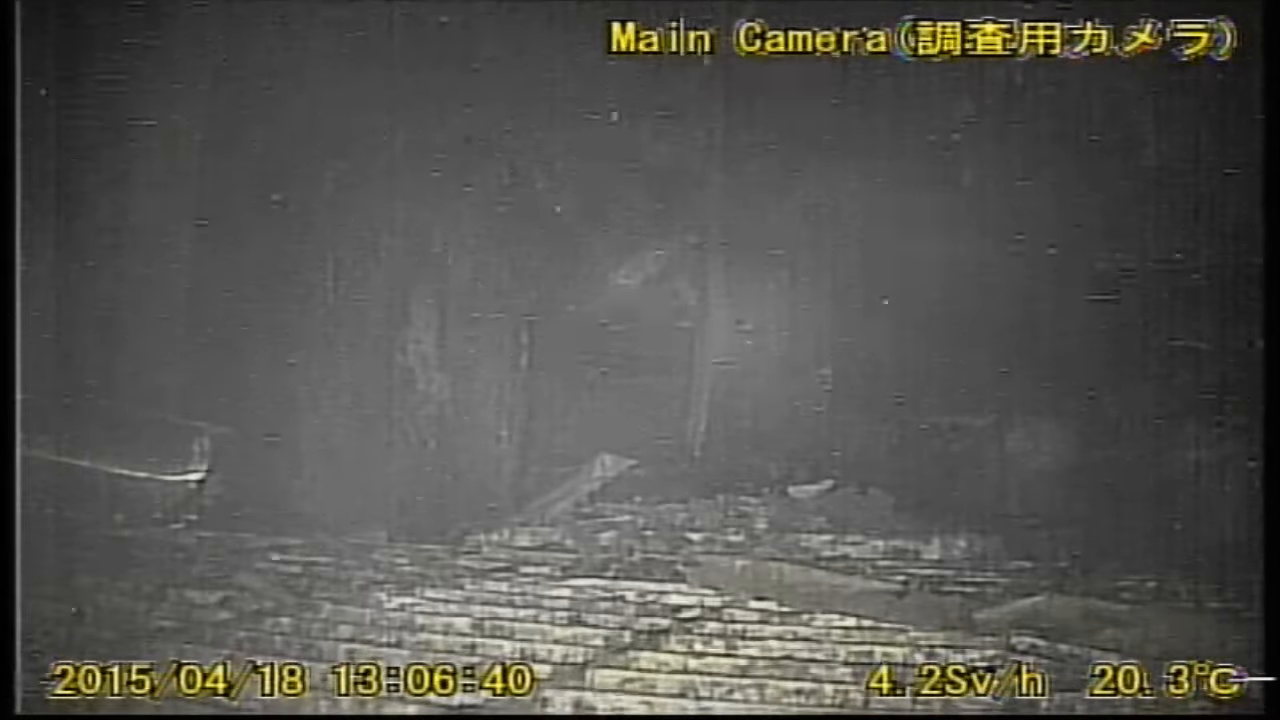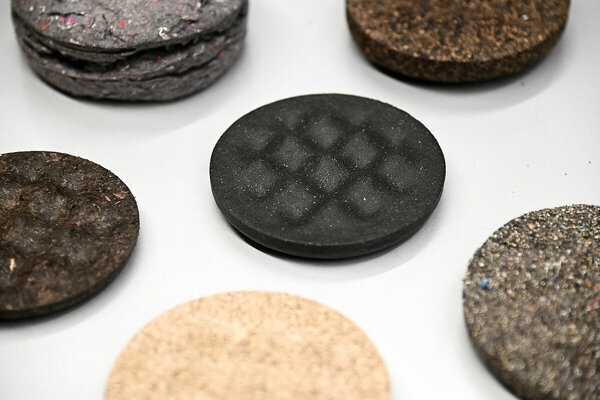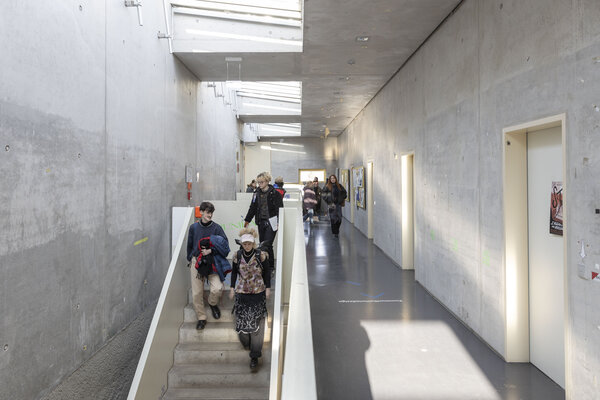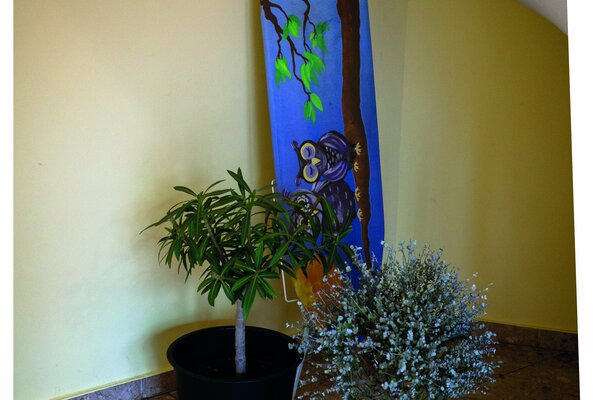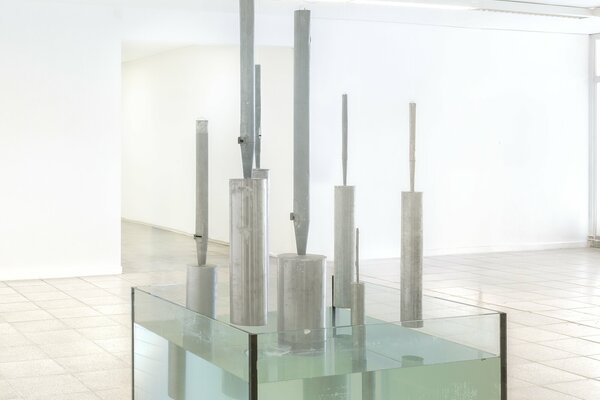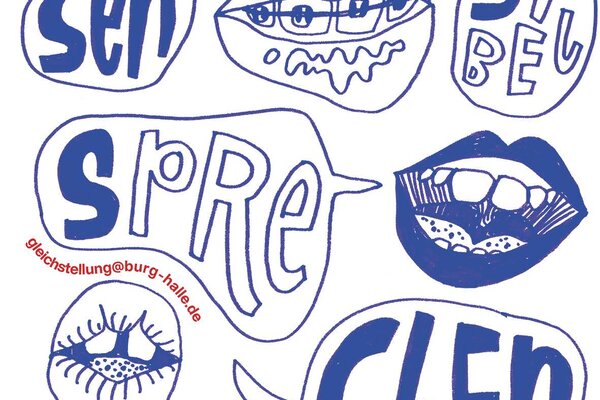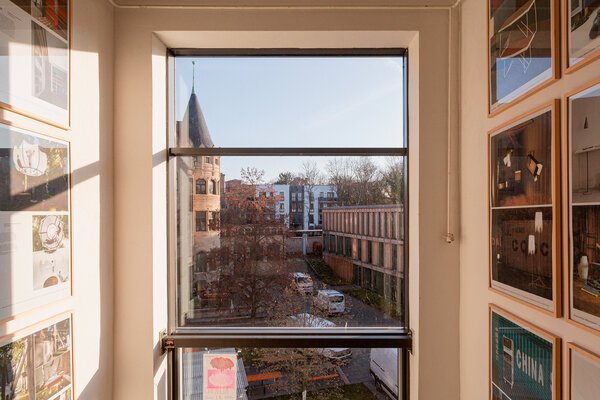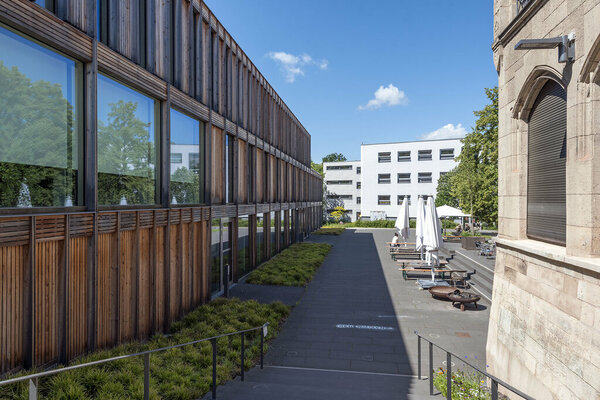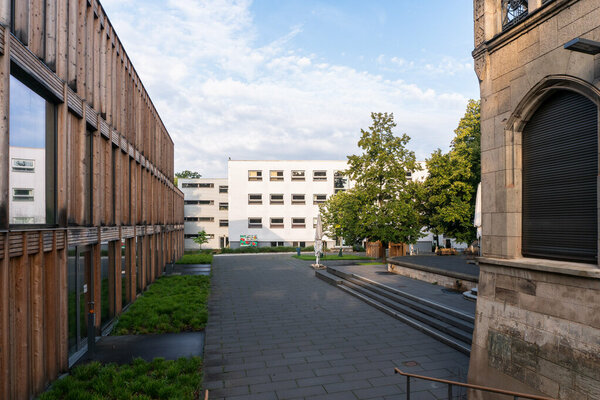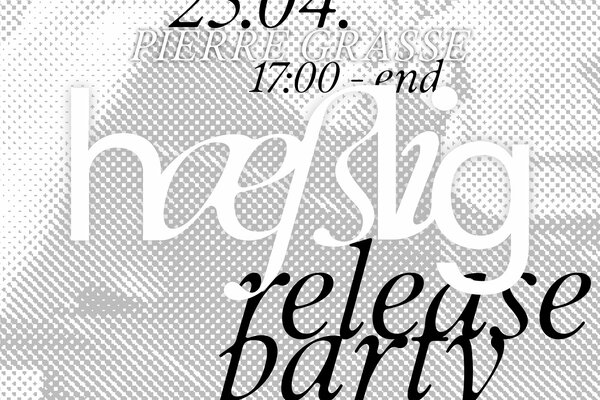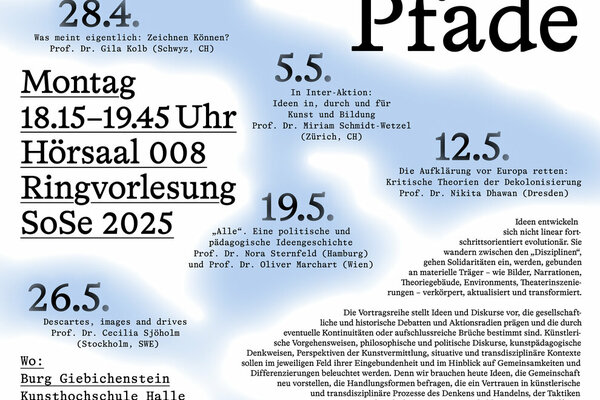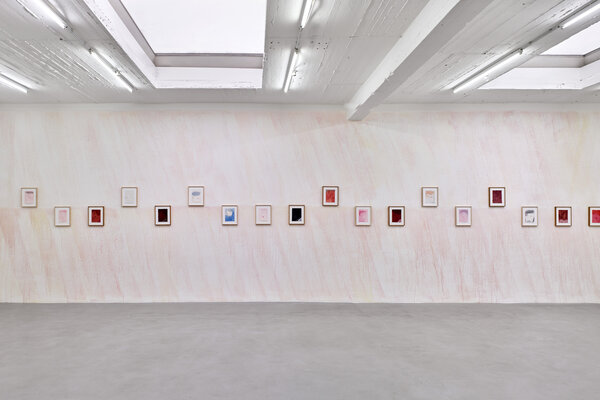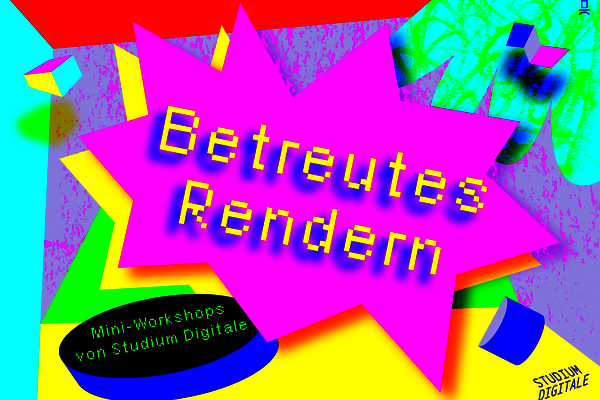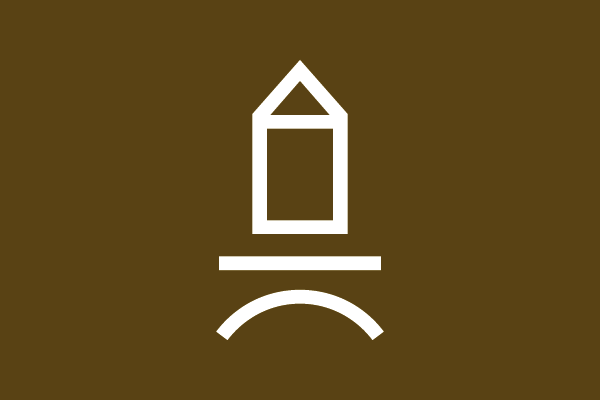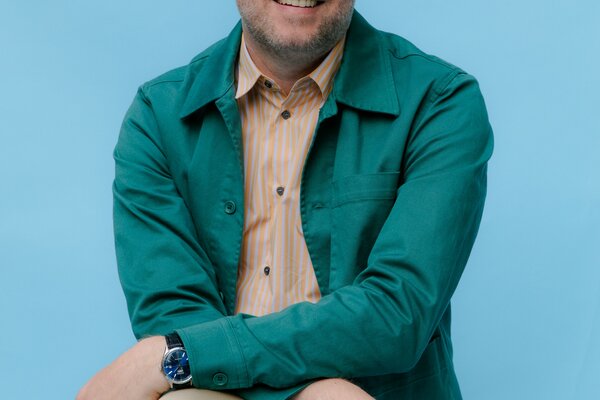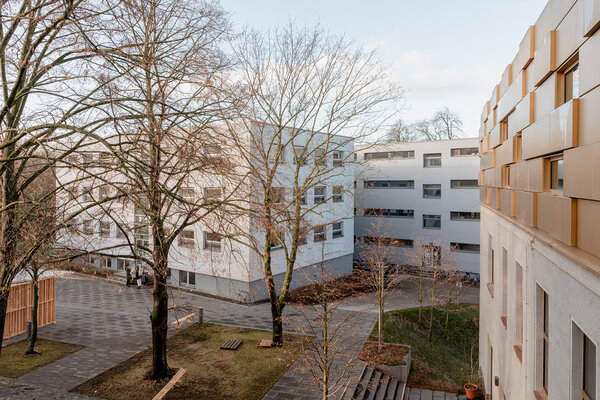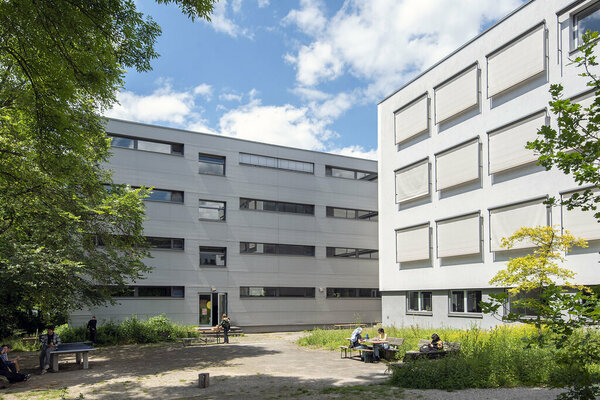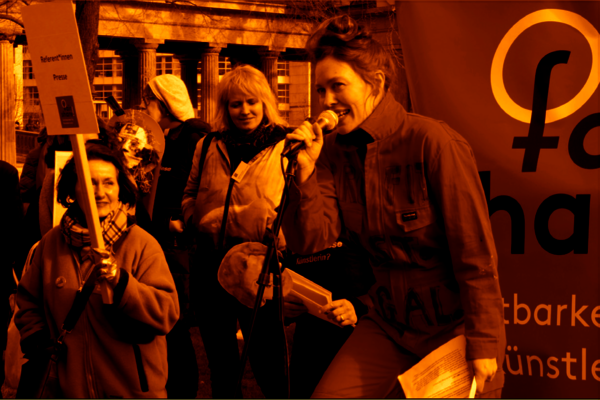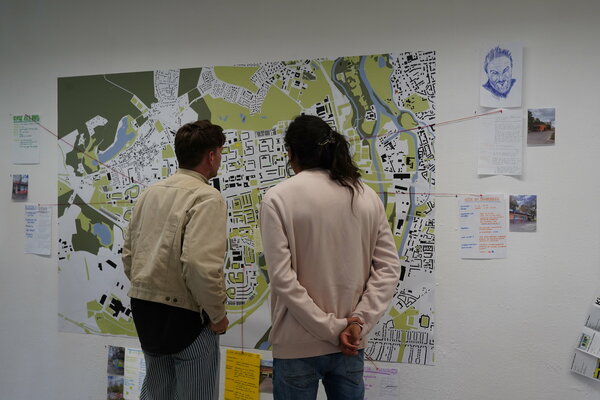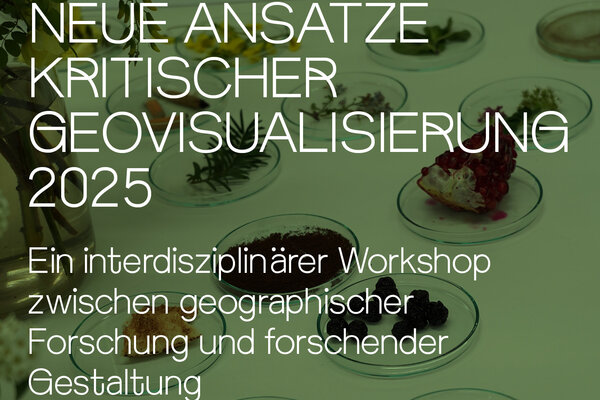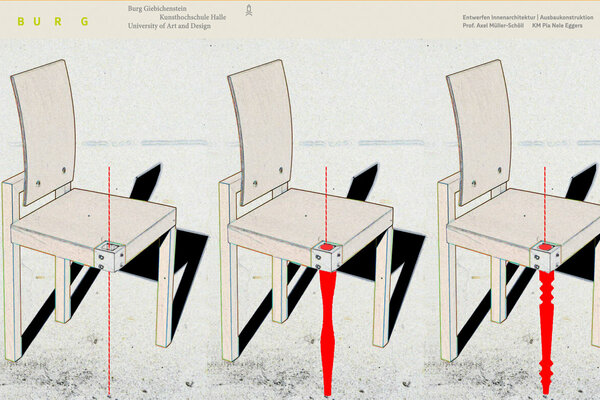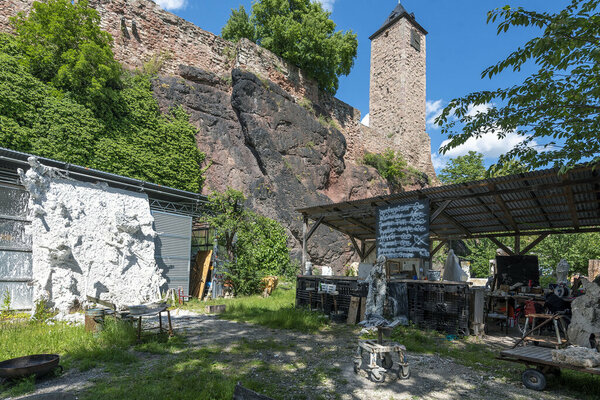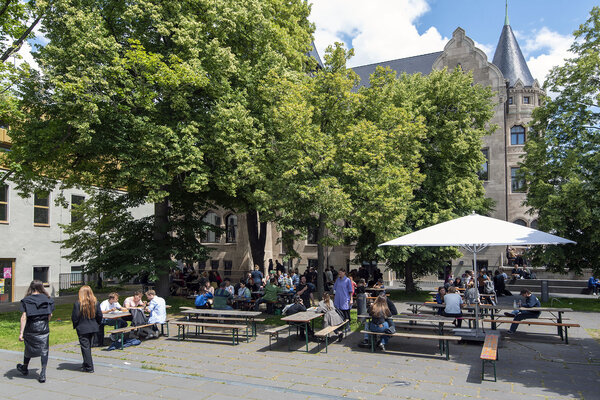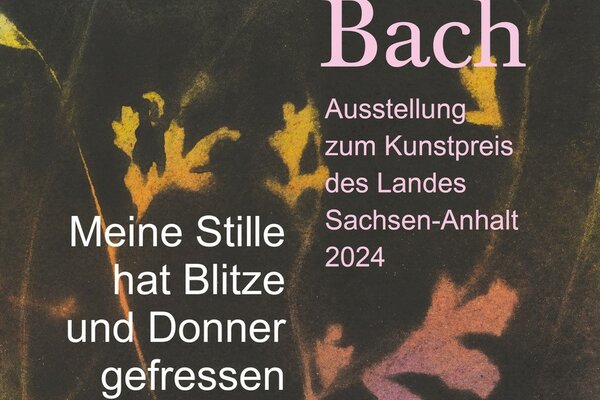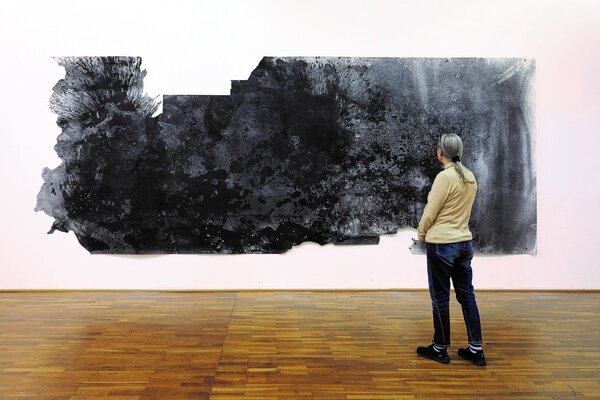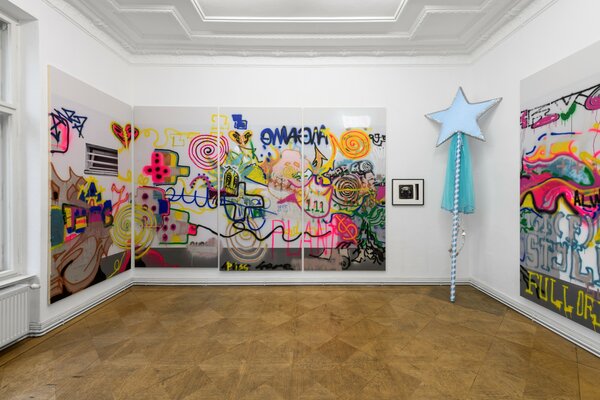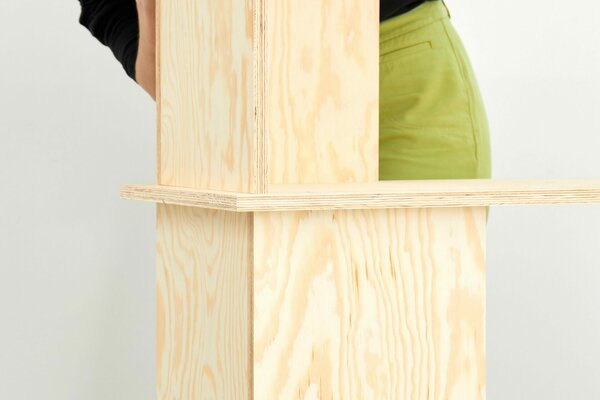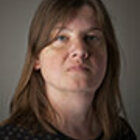Was stört:?!
das (im-) perfekte Bild
Wir wollen gemeinsam über Bilder sprechen, die uns stören : Dazu gehören die produktionsbedingten Pannen, Unvollkommenheiten, Abweichungen, Verletzungen, Übertragungs- oder Komprimierungsfehler, Glitches, die auf der Bildoberfläche erscheinen, sich abzeichnen, einschreiben bzw. durchrauschen genauso, wie die Störungen, die sich hinter dem makellosen Bild verbergen : Ist es das Bild selbst, das eine Reibung erzeugt, das als störend empfunden wird, oder sind es die gesellschaftlichen, politischen, ökonomischen Verhältnisse, die das Bild produziert haben, die es zirkulieren lassen und die die Rezeption lenken ? Können wir eigentlich von Fehlern im Bild sprechen ? Geht es überhaupt um richtig oder falsch oder geht es vielmehr darum, Störungen als Verhandlungssache zu begreifen und dabei Seh- und Rezeptionsgewohnheiten zu hinterfragen ? – “Was heute als Glitch gilt, wird schon bald eine beliebte Modeerscheinung sein.” (Rosa Menkman, aus: The Glitch Moment(um), 2011) ! – Uns interessieren Bilder, die durch ihren Bildgegenstand, ihren Kontext, ihre Darstellungstechnik stören; Bilder, die provozieren, die angreifbar sind oder sich angreifbar machen, die (gesellschaftliche) Reibungen zur Sprache bringen, Gespräche herausfordern und Dialoge möglich machen !
In der Auseinandersetzung mit den technologischen und ideologischen Bedingungen gegenwärtiger Bildkulturen werden wir versuchen, mit Bildern und/oder im Umgang mit Bildern eine Übersetzung für Dinge zu finden, die uns stören, an denen wir uns reiben.
Es ist möglich, eigene Bilder zu erzeugen (analog, digital, Foto, Video, gerne auch in Kombination mit anderen Techniken) oder mit vorhandenem Bildmaterial zu arbeiten, selbstverständlich auch mit Text oder mit dem Verhältnis von Bild und Text.
Thematische Inputs, Workshops und Exkursionen werden das Entwickeln einer eigenen Arbeit unterstützen.
What disturbs:?!
the (im-)perfect picture
We want to discuss images that bother us: this includes production-related glitches, imperfections, deviations, transmission or compression errors, glitches that appear on the surface of the image in the form of noise and traces of use as much as the disturbances that are hidden behind the flawless image: is it the image itself that creates a friction that is perceived as disturbing, or is it the social, political and economic conditions that have produced the image, that allow it to circulate and that guide its reception ? Can we actually speak of errors in regard of the image ? Is it a question of right or wrong or is it rather a question of understanding disturbances as a matter of negotiation that question habits of viewing and reception ? - "What today is glitch today will soon become a popular fad." (Rosa Menkman, from: The Glitch Moment(um), 2011) ! - We are interested in images that disturb us in regard of their subject matter, their context, their context, their technique of representation; images that provoke, that are vulnerable or make themselves vulnerable, imply (social) frictions, challenge conversations and make dialogues possible !
In our examination of the technological and ideological conditions conditions of current image cultures, we will try to find a translation for things that are perceived as disturbing, that rub us the wrong way, either through producing images as well as strategies of working with images.
As part of the project, It is possible to create your own images (analogue, digital, photo, video, also in combination with other techniques) or to work with existing visual material, of course also with text or exploring the relationship or with the relationship between image and text. Thematic inputs, workshops and excursions will support the development of your own work.
